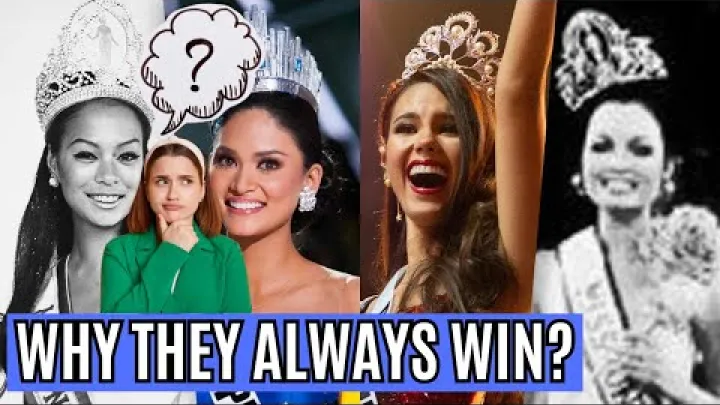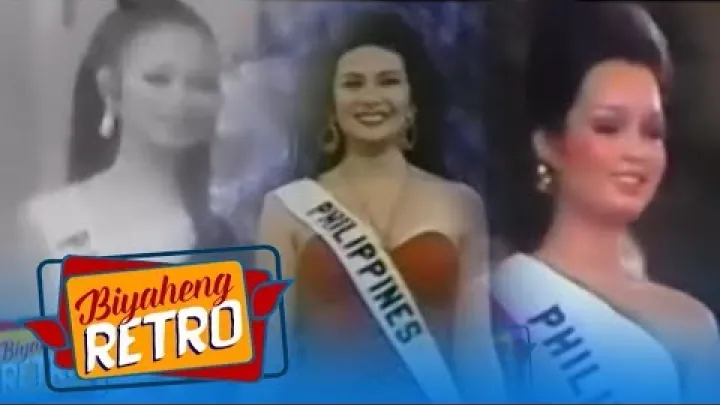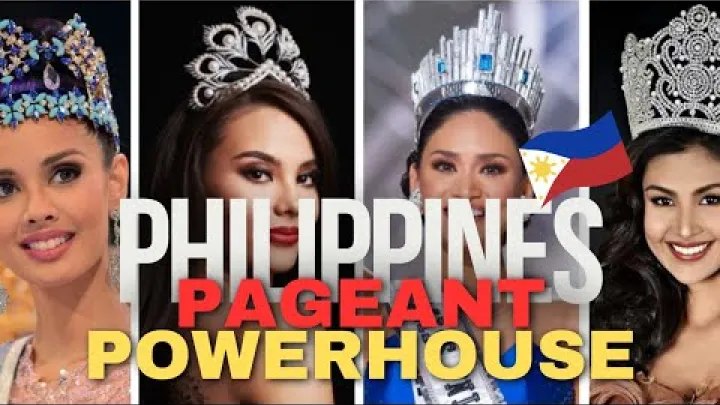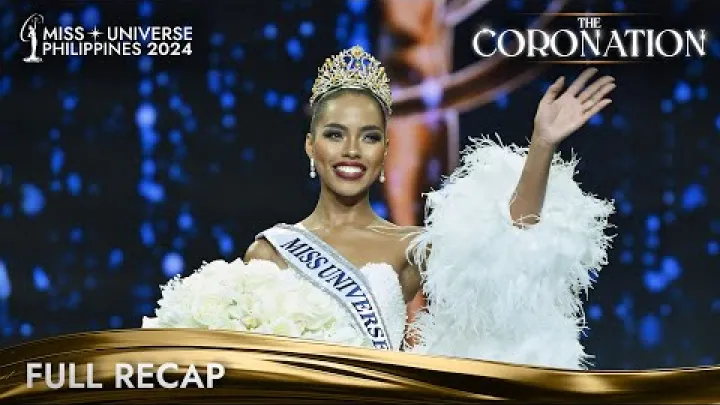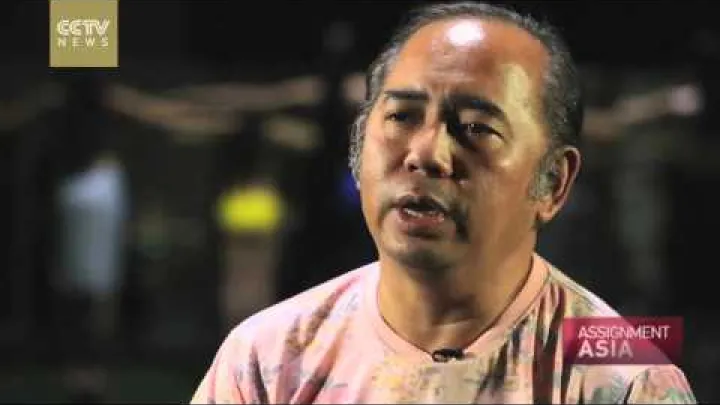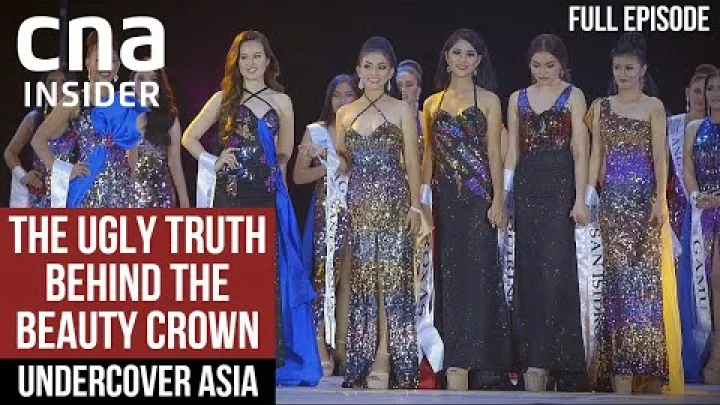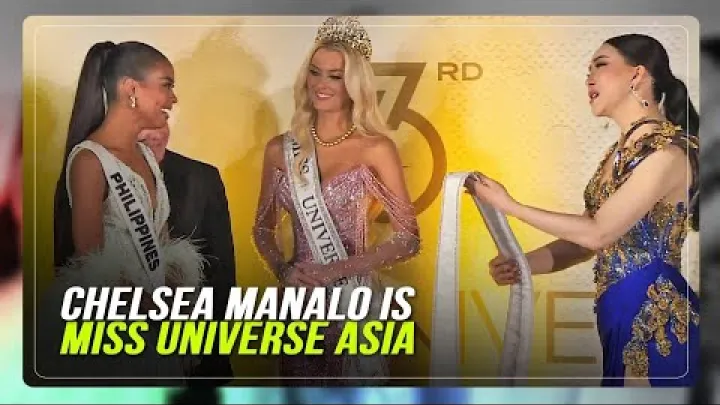The Evolution and Impact of Beauty Pageants in the Philippines
Beauty pageants in the Philippines have a rich history, beginning with the Manila Carnival in 1908. This event marked the inception of organized beauty contests in the country, initially designed to celebrate American and Philippine relations. Over time, these pageants have become a significant cultural phenomenon, deeply embedded in the social fabric and reflecting the country's values and aspirations.
The cultural significance of beauty pageants in the Philippines cannot be overstated. They serve as platforms for advocating social change and promoting national pride. Pageants offer contestants opportunities to improve their lives through prizes, scholarships, and career opportunities. The success of notable winners like Gloria Diaz and Catriona Gray on the international stage has further fueled the country's passion for pageantry.
The Philippines hosts a variety of beauty pageants, including traditional female competitions, as well as those for transgender and male participants. This diversity reflects the country's progressive stance on gender and inclusivity. Pageants like Miss International Queen and Man of the World highlight the evolving nature of beauty contests in the Philippines.
Recent years have seen a surge in the number of beauty pageants in the Philippines, with events like Miss Universe Philippines 2024 drawing significant attention. These competitions highlight the country's continued success in the pageant world and reflect the dynamic nature of the industry, with new formats and categories being introduced to keep up with changing societal norms.
The success of Filipino contestants in international pageants is often attributed to the rigorous training structures in place. Beauty boot camps like Kagandahang Flores and Aces & Queens provide comprehensive training, including gym workouts, make-up lessons, and mock pageant scenarios. These camps have been instrumental in honing the skills of contestants, contributing to the Philippines' reputation as a beauty pageant powerhouse.
Historical Origins and Cultural Significance
Beauty pageants hold a significant place in the cultural landscape of the Philippines, reflecting both historical influences and contemporary societal values. The origins of these pageants can be traced back to the Manila Carnival of 1908, a pivotal event that marked the beginning of formal beauty competitions in the country. This carnival celebrated American and Philippine relations and featured the election of a carnival queen, setting the stage for the evolution of pageantry in the Philippines.
The cultural significance of beauty pageants in the Philippines is deeply rooted in the country's colonial history. The influence of Spanish and American colonial periods has shaped Filipino beauty standards, often favoring lighter skin tones, a legacy of colonialism and white supremacy. Despite this, beauty pageants have become a platform for advocating social change and promoting national culture, allowing Filipinos to engage with global issues and showcase their rich cultural heritage.
The Philippines has achieved remarkable success in international beauty pageants, earning a reputation as a beauty pageant powerhouse. The country has won a total of 15 victories in the Big Four international beauty pageants, including four Miss Universe crowns and six Miss International titles. This international success has not only brought pride to the nation but also increased global interest in Filipino beauty pageants.
In conclusion, beauty pageants in the Philippines are more than just competitions; they are a reflection of the country's history, culture, and aspirations. From their origins in the Manila Carnival to their current status as a national obsession, these pageants have evolved to become a significant part of Filipino identity. They serve as a platform for cultural exchange and social advocacy, while also highlighting the country's achievements on the global stage.
Notable Filipina Pageant Winners
- Gloria Diaz - First Filipina Miss Universe (1969), marking the Philippines' emergence as a pageant contender.
- Margie Moran - Miss Universe 1973, further solidifying the country’s presence in the pageant world.
- Pia Wurtzbach - Miss Universe 2015, celebrated for her perseverance and dedication.
- Catriona Gray - Miss Universe 2018, known for her 'lava walk' and advocacy for education.
Beyond the Miss Universe pageant, the Philippines has excelled in other major international competitions, securing multiple Miss International, Miss Earth, and Miss World titles.
Types of Beauty Pageants
- The Big Four international pageants: Miss Universe, Miss World, Miss International, and Miss Earth.
- National pageants like Miss Universe Philippines and Binibining Pilipinas, which serve as qualifiers for international competitions.
- Transgender pageants, including Miss International Queen, promoting inclusivity and diversity.
Recent and Upcoming Pageants
Miss Universe Philippines 2024 was a major event, introducing a new system where competitors were selected through local pageants organized by accredited partners. Looking ahead, Hiyas ng Pilipinas 2024 is one of the most anticipated upcoming pageants in the country.
Pageant Training Structures
The rise of beauty boot camps like Kagandahang Flores and Aces & Queens has been instrumental in the success of Filipino contestants. These camps provide training in physical fitness, stage presence, and public speaking, ensuring that representatives are well-prepared for international competitions.
Common Elements in Pageants
The interview segment is a crucial component where contestants are evaluated on their poise and articulation. Scoring systems typically employ a weighted approach, ensurg a fair evaluation across categories like Interview, Evening Gown, and Fitness Wear.
Controversies and Social Discussions
- Colorism - Issues of racial bias and preference for lighter skin tones.
- Transparency in judging - Concerns over fairness and credibility.
- Sexual harassment - Reports of misconduct within the industry.
- Body image issues - Pressure to conform to societal beauty standards.
Media Coverage and Trends
The influence of social media has transformed beauty pageants, allowing contestants to engage with global audiences. Platforms like Instagram and YouTube have become essential tools for pageant contestants to promote their advocacies and build their personal brands.
Conclusion
Beauty pageants in the Philippines have a profound cultural and historical significance. They serve as platforms for empowerment, social advocacy, and national pride, ensuring their continued relevance in the evolving social landscape.
Your Nearby Location
Your Favorite
Post content
All posting is Free of charge and registration is Not required.

